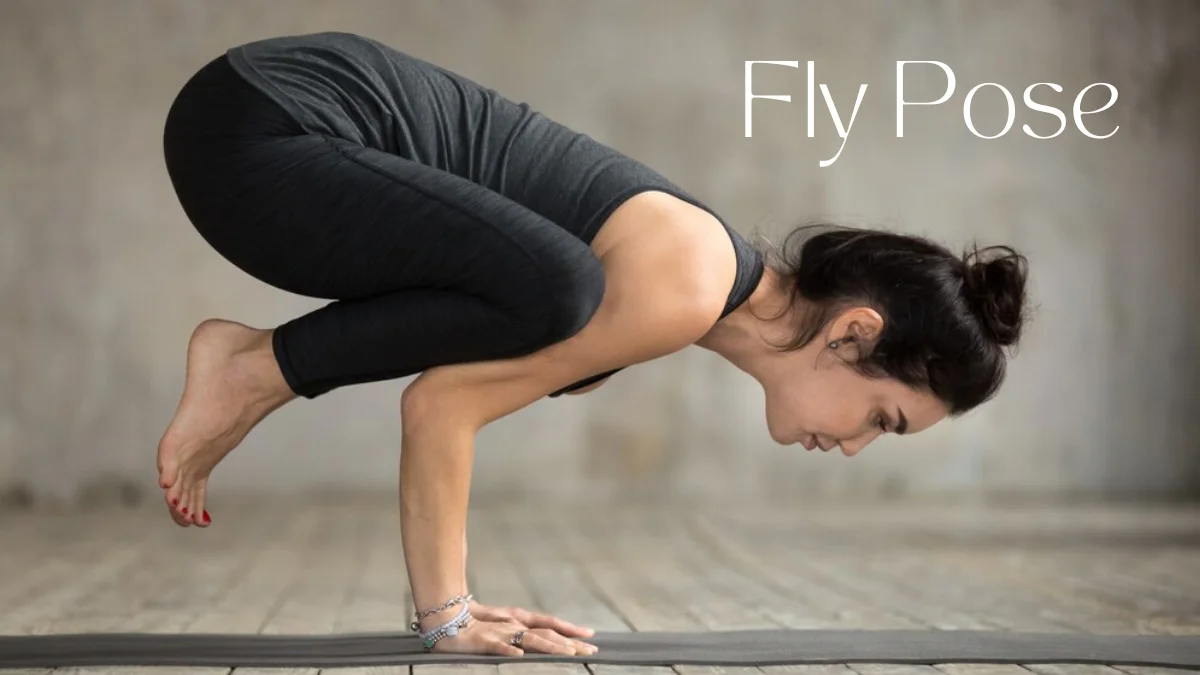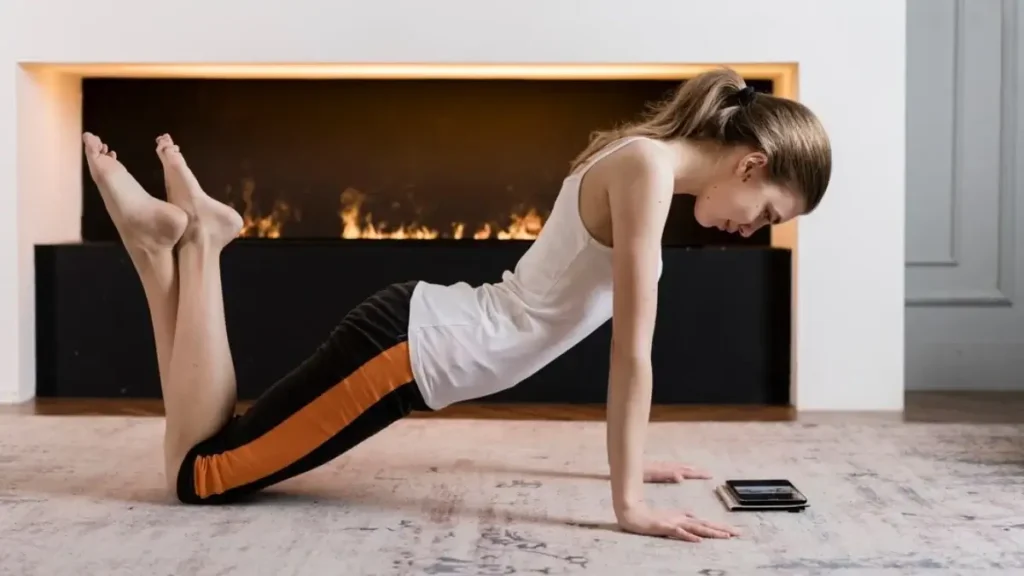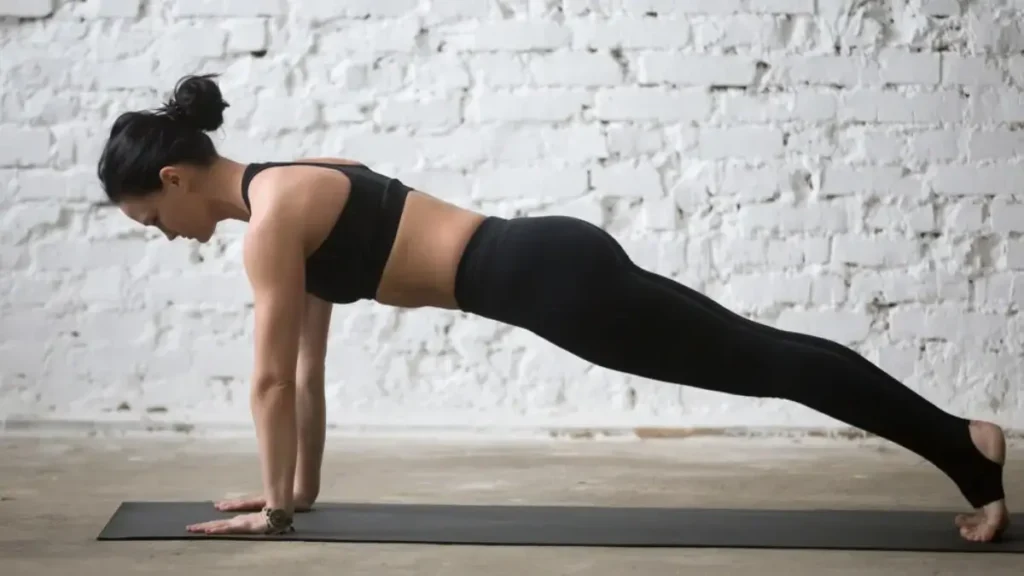YOGA
Master the Fly Pose: A Step-by-Step Guide for Yoga Enthusiasts

Do you want to go to the next level in your yoga practice, where you can find the perfect balance between strength and flexibility? Well, look no further to master the Fly Pose! This posture can be quite challenging, but not when you have your guide, step by step, helping you to soar right through it.
Table of Contents
What is Fly Pose?
Ever thought of flying high up in the sky and feeling the thrilling experience of being a beautiful flying bird? Well, Fly Pose could give that thrilling experience right on your mat in the world of yoga. This challenging asana is also called Tittibhasana in Sanskrit, derived from a flying small insect called Tittibha.
The Fly Pose is an asana that needs a sense of strength, balance, and flexibility that will lift the body away from the floor and keep it aligned parallel to the earth. Using arm strength and core muscles keeps the body lifted, giving a person a feeling similar to the flight of a bird or insect. The pose not only strengthens your arms and wrists but also tones your abdominal muscles and improves concentration.
History and meaning behind the Fly Pose in yoga practice
Both historically and symbolically, the Fly Pose is deeply rooted. This challenging arm balance position reflects the flexibility and speed of a flying bug. According to traditional yogic teachings, if one can get the Fly Pose down pat, they will be able to tap into underlying energy centers inside their bodies, which will allow them to feel more energized and at one with themselves.
This posture, which has its roots in classical Hatha yoga practice, is only one example of how yoga has evolved to serve as a tool for personal and collective spiritual development in addition to its obvious physical advantages. By embracing the spirit of flight in this posture both on and off the mat, you may cultivate determination, independence, and concentration.
Benefits of Practicing the Fly Pose Regularly
- Strengthens core muscles and improves balance and coordination.
- Engages various muscle groups including arms, back, and legs.
- Promotes full-body workout, increasing strength and flexibility.
- Enhances mental focus and concentration.
- Transcends to daily life through calmness and mental clarity.
- Boosts self-confidence as yoga progresses.
- Leads to holistic well-being by nurturing mind and body through disciplined practice.
Preparing for the Fly Pose: Warm-up exercises and stretches
First, warm up the body a little with some gentle neck rolls, shoulder circles, and a few cat-cow stretches. Then do sun salutations, hip openers such as pigeon or lizard pose, and hamstring stretches. Other examples of such activities may include torso strengthening exercises, e.g., boat pose, or different types of planks. This series of exercises helps to prevent injurious occurrences and brings about an improvement in the performance of exercises on the mat. Don’t forget to also stretch your hamstrings during the warm-up with forward folds and leg extensions.


Step-by-step guide on how to master the Fly Pose
- Stand tall with feet hip-width apart.
- Engage the core and find a focal point for balance.
- Shift weight onto one foot while lifting the other slightly.
- Slowly bend the standing leg, and hinge forward at the hips.
- Reach arms out for stability.
- Focus on lengthening the spine and reaching energy through the extended leg.
- Breathe deeply and stay present.
- Remember that practice makes perfect.
- Enjoy the process of building strength, flexibility, and focus with each attempt.
Modifications and variations for beginners and advanced practitioners
Beginners can improve their Fly Pose by modifying it with blocks for stability and support. Advanced practitioners can enhance their poses by incorporating leg straight back, arm balances, or transitioning into other challenging poses. These variations not only strengthen different muscle groups but also deepen the practice physically and mentally. Fly Pose modifications cater to all levels of yoga expertise, making it suitable for beginners seeking stability or advanced practitioners seeking challenges.
Mistakes to avoid
- Avoid rushing into the pose without proper warm-up or preparation.
- Focus on maintaining proper form rather than depth.
- Avoid overarching or rounding your back to avoid discomfort or injury.
- Aim for a neutral spine position by engaging core muscles and keeping a slight lift through your chest.
- Listen to your body and honor its limitations.
- Be patient with yourself as you progress in mastering this challenging yet rewarding posture.
How to use props for support in the Fly Pose
Props like blocks or straps can be used in the Fly Pose to provide support and help maintain balance and stability. You can put a block between your thighs; it makes the inner thigh muscles work better and helps in making the core steady. Keep adjusting the placements of the props to find what is suitable for your body and helpful for your practice. Props are aids that will help you take a deeper, more effective, and safe practice in the pose. Through conscious integration and use of props, you can find your way, step by step, into the mastery of the tough but oh-so-very-rewarding Fly Pose.
Other Yoga Poses for Building Strength and Flexibility
Incorporate other yoga postures in your practice that encourage the development of strength and flexibility. Warrior I, II, and III all help to build leg strength, while in Plank Pose, the trunk’s strength is increased. Seated Forward Bend and Pigeon Pose will help you master different muscle groups to get used to mobility and flexibility. The tree or dancer’s pose, like balancing poses, builds steadiness, concentration, and coordination.


Conclusion
The Fly Pose may seem impossible at first, but it is powerful with a little bit of practice and patience. Take some time to listen to what your body is telling you as you get into this pose. Breathe and feel the growing balance with each breath in this elegant pose.
-



 GENERAL3 weeks ago
GENERAL3 weeks agoUncovering the World of кинокрадко: The Dark Side of Film Piracy
-



 GENERAL2 weeks ago
GENERAL2 weeks agoUnveiling the Art of преводсч: How Translators Bridge Language Barriers
-



 GENERAL3 weeks ago
GENERAL3 weeks agoThe Journey of iamnobody89757: From Anonymous User to Internet Sensation
-



 YOGA4 months ago
YOGA4 months ago4 Person Yoga Poses for Beginners





















